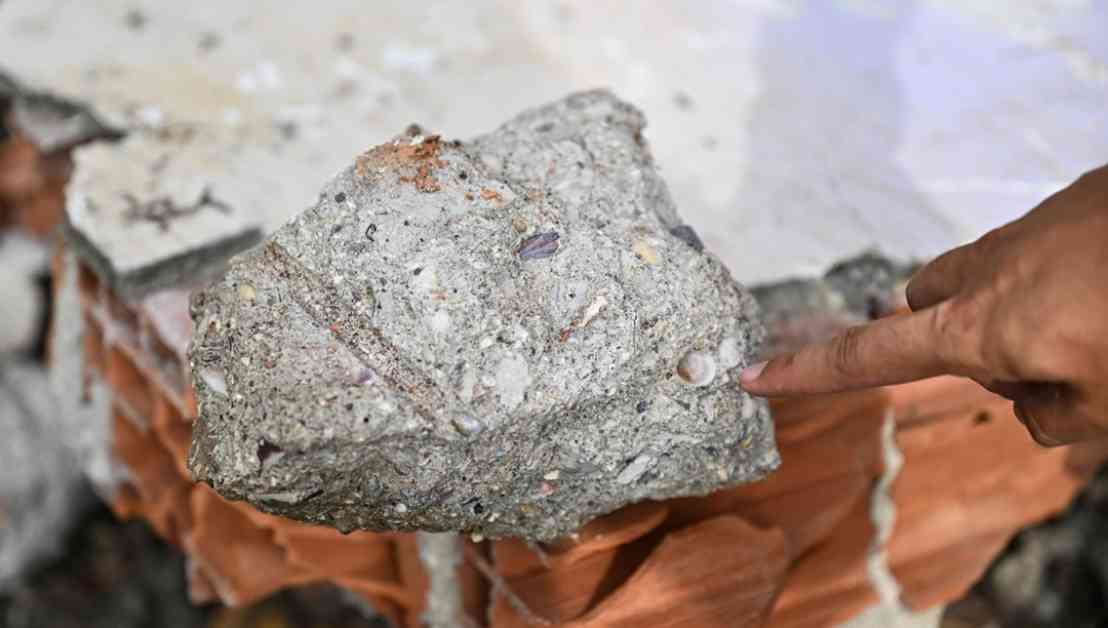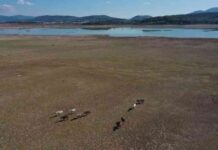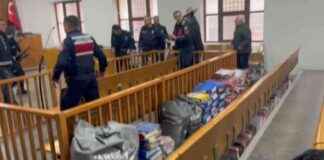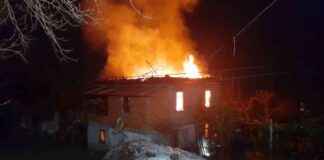Urban transformation projects are ongoing in Istanbul. In Ulus Mahallesi, Mayor Hasan Akgün of Büyükçekmece followed the demolition works of a 5-story risky building consisting of 12 independent sections.
During the demolition of the building with an excavator, it was observed that the columns and beams were very thin, and the structure did not have ribbed irons and used sea sand in the concrete. Sea shells were also found in the concrete.
Mayor Akgün stated in his press statement that the Tepecik region is important for them in urban transformation. He mentioned that they do not know when the buildings were constructed, and they were built illegally by the local municipality. Akgün pointed out the thin irons in the building, stating that if there are currently 10 tons of iron in the building, according to new technology, there should be 30 tons of iron in the building. However, it is clear that the reinforcing steel in the collapsed buildings is very low and far from technical standards. He warned that there is no need to wait for a 7.5 magnitude earthquake, and if a 5.5 magnitude earthquake occurs, both the Tepecik center and Kumburgaz beaches will be destroyed.
Akgün conducted inspections in the demolished building, showing journalists the technical deficiencies in the concrete and irons.
Additional Insights:
The discovery of sea shells in the concrete of the risky building raises concerns about the construction quality and materials used in the building. The presence of sea sand and shells in the concrete indicates a lack of proper construction materials and practices, which could compromise the structural integrity of the building.
Mayor Akgün’s comments about the inadequate reinforcement steel and technical deficiencies in the building highlight the importance of following construction standards and regulations to ensure the safety of buildings, especially in earthquake-prone areas like Istanbul. The comparison between the existing iron in the building and the required amount according to new technology emphasizes the need for stricter building codes and inspections to prevent disasters like building collapses.
The focus on the Tepecik region in urban transformation projects underscores the significance of identifying high-risk areas and taking proactive measures to address potential hazards. By raising awareness about the risks associated with poorly constructed buildings, authorities can prioritize safety and resilience in urban development initiatives to protect residents and infrastructure from natural disasters.





















